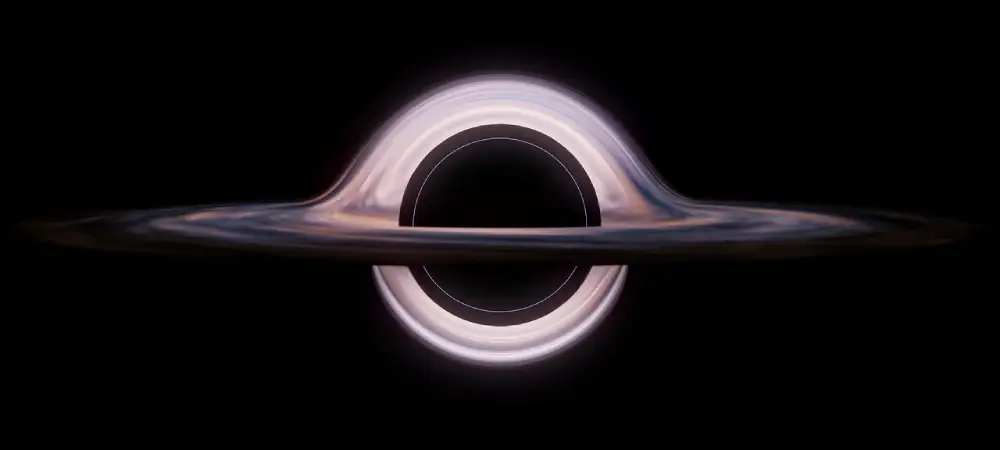A black hole is a region of space that is so dense and has such a strong gravitational pull that nothing, not even light, can escape from it. Black holes are often formed when a star collapses at the end of its life cycle and becomes so dense that it warps the fabric of space-time around it. There are several different types of black holes, including stellar black holes, which are formed from the collapse of a star, and supermassive black holes, which are much larger and are thought to exist at the centers of most galaxies, including our own.
They are difficult to detect directly because they do not emit any light or other electromagnetic radiation. However, they can be detected through their gravitational effects on nearby objects. For example, a black hole can be detected if it is orbiting a companion star and pulling matter away from the star. This matter forms a hot, glowing disk around the black hole and emits radiation that can be detected by telescopes.
The event horizon is the boundary around a black hole beyond which it is impossible to escape the gravitational pull of the black hole. Anything that passes through the event horizon, including light, is unable to escape and is eventually sucked into the black hole. The size of the event horizon is directly related to the mass of the black hole, with larger black holes having a larger event horizon.
Some of the most mysterious and fascinating objects in the universe, and continue to be the subject of much scientific study and fascination. While we have learned a lot about black holes in recent years, there is still much that we do not understand about them, and their properties and behavior continue to be the subject of much research and debate.
What is inside a black hole?
It is not currently possible to directly observe what is inside a black hole, as nothing, not even light, can escape from a black hole once it has passed through the event horizon, the boundary around a black hole beyond which it is impossible to escape its gravitational pull. As a result, it is not possible to directly observe the contents of a black hole or to determine what happens to matter or energy that falls into a black hole.
According to the theory of general relativity, the warping of space-time caused by the massive gravitational field of a black hole creates a singularity, a point in space where the normal laws of physics break down. At the singularity, the mass of the black hole is thought to be concentrated, and the density of matter becomes infinite. The singularity is thought to be the point at which matter and energy are crushed out of existence.
Our current understanding of black holes is based on theoretical models and simulations, and there is still much that we do not understand about these mysterious objects. While we have learned a lot about black holes in recent years, much of what we know about them is still purely theoretical and has not been proven through observation. The properties and behavior of black holes continue to be the subject of much research and debate in the scientific community.





